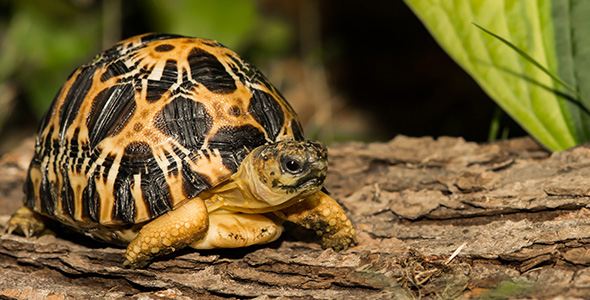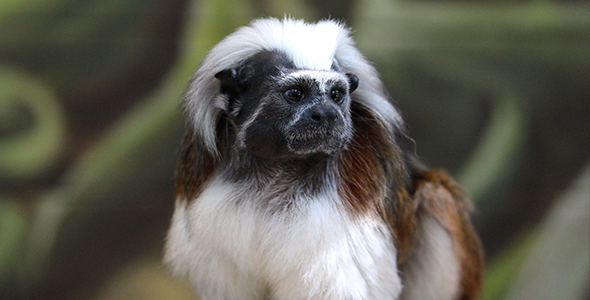
Wildlife Conservation
Projects
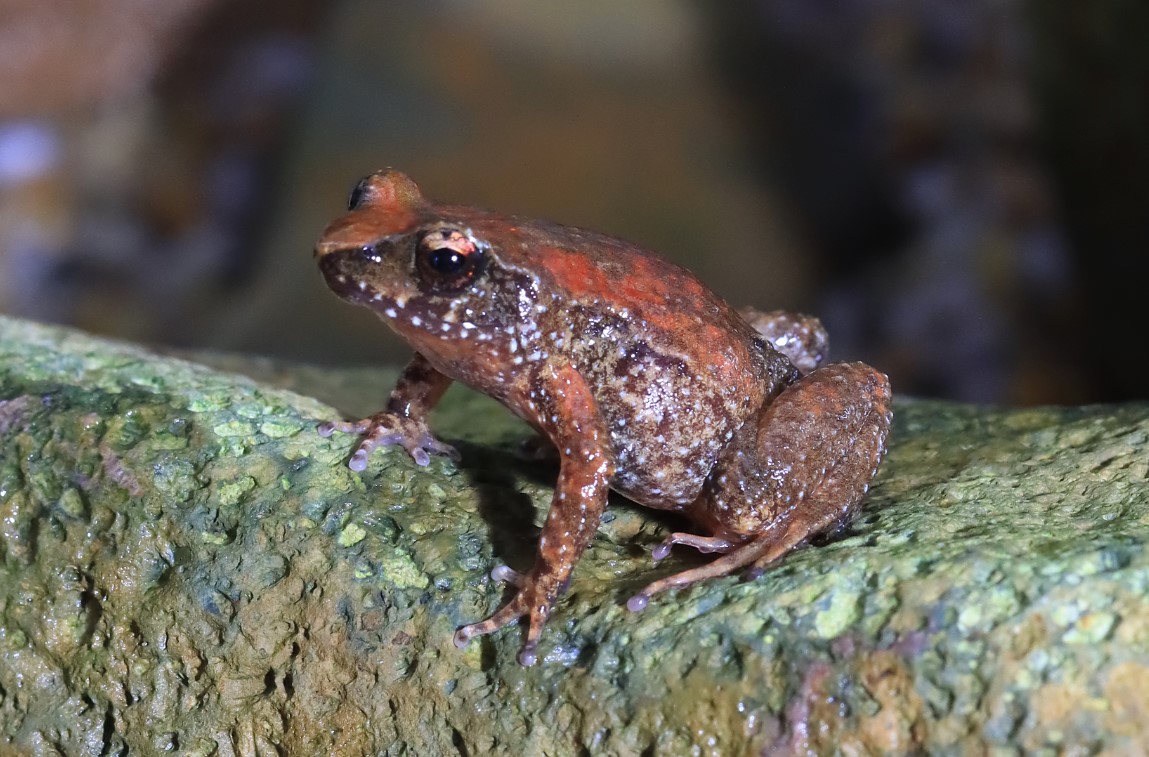
CONSERVATION AT THE SANCTUARY
Currumbin Wildlife Sanctuary is passionate about conservation and preserving our wildlife for future generations to enjoy. Sadly there are many native and exotic animals that are threatened. The Sanctuary participates in multiple conservation projects to help save some of these amazing species from extinction including endangered Australian animals.
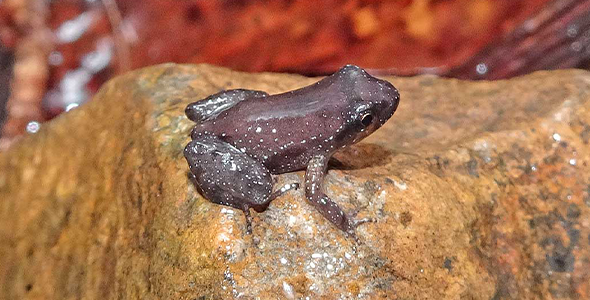
Kroombit Tinkerfrog Conservation
The Kroombit Tinkerfrog (Taudactylus pleione) is listed as critically endangered, with potentially less than 150 individual frogs of this species in existence today.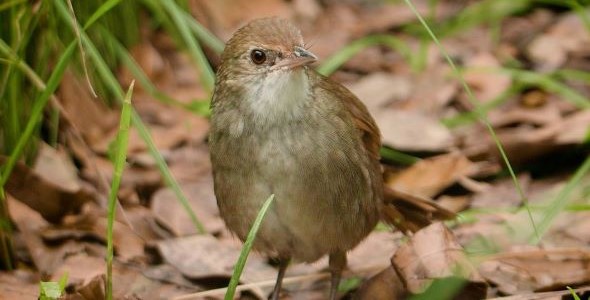
Eastern Bristlebird Conservation
The Eastern Bristlebird is listed as endangered. Currumbin Wildlife Sanctuary is currently involved in a specialist care breeding program to protect this species from extinction.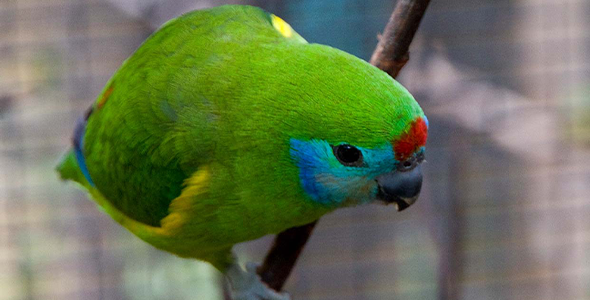
Coxen's Fig Parrot Conservation
The Coxen’s Fig-parrot is one of Australia’s most endangered parrots. The Coxen’s Fig-parrot is endangered due to fragmentation of its habitat and the loss of forests where figs grow.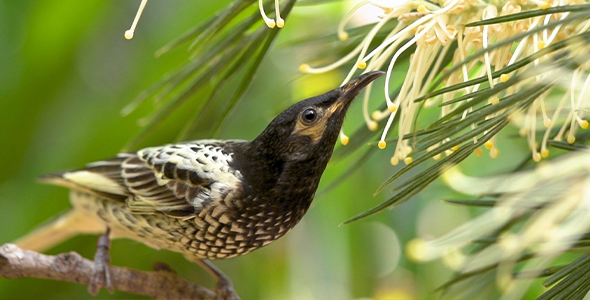
Regent Honeyeater Conservation
The Regent Honeyeater is listed as critically endangered. This species has suffered huge population declines due to the loss, fragmentation and degradation of their woodland habitat.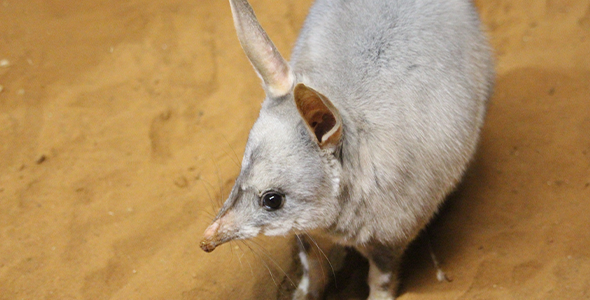
Greater Bilby Conservation
Bilbies are a threatened species and Currumbin Wildlife Sanctuary is part of a National Bilby breeding program in collaboration with Save the Bilby Foundation. The reason for decline of this beautiful species is due to habitat destruction and feral species such as foxes and cats.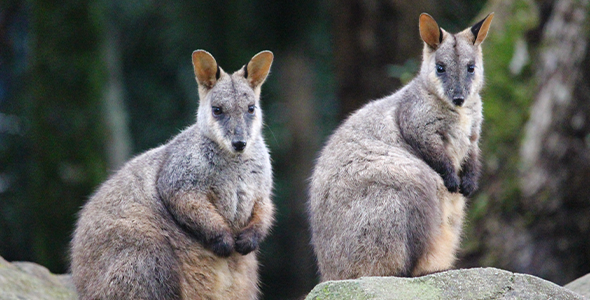
Brush-tailed Rock-wallaby Conservation
Currumbin Wildlife Sanctuary has participated in the Brush-tailed Rock-wallaby conservation program since 2010 and we have a purpose-built facility for breeding the Brush-tailed Rock-wallaby.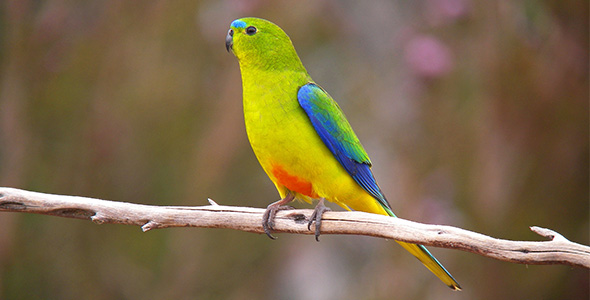
Orange-bellied Parrot Conservation
The Orange-bellied Parrot is one of Australia’s most threatened birds. They are at real risk of extinction in the wild due to habitat loss, feral predators, noxious weeds and disease.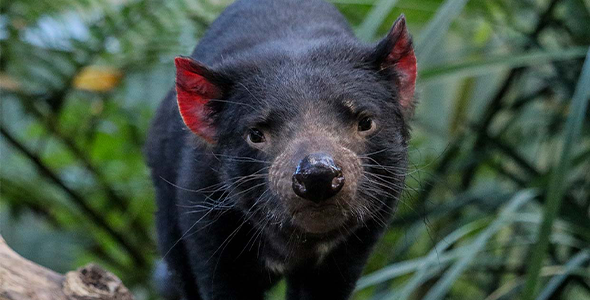
Tasmanian Devil Conservation
The Tasmanian Devil has undergone a massive decline in numbers due to the Devil Facial Tumor Disease (DFTD), with over 90% of the Tasmanian Devil population lost to this terrible disease.CONSERVATION AMBASSADOR SPECIES
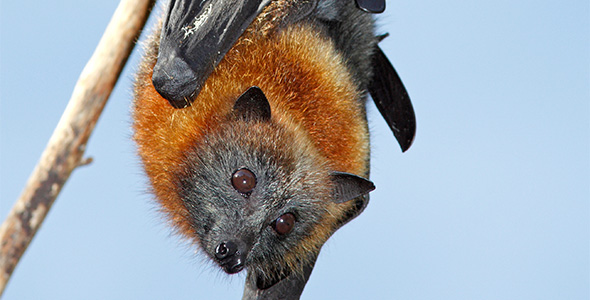
Grey-headed Flying-fox

Greater Glider
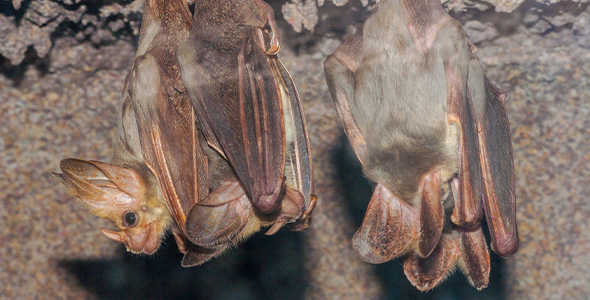
Ghost Bat
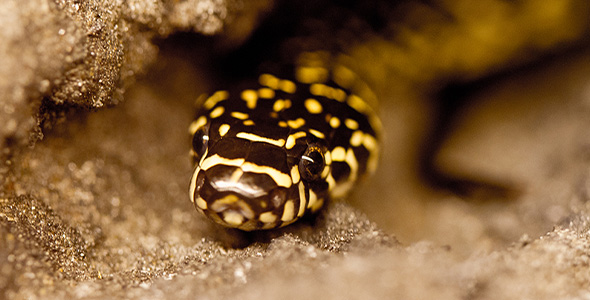
Broad-headed Snake
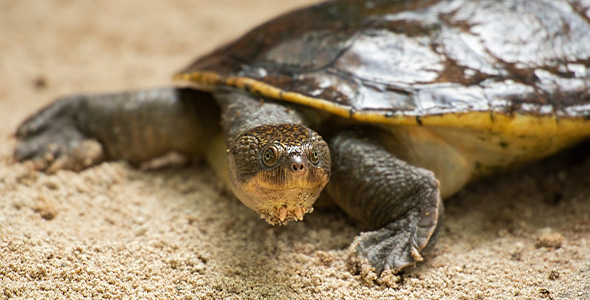
Mary River Turtle
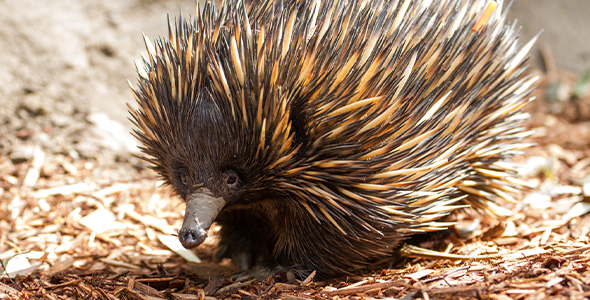
Short-beaked Echidna
